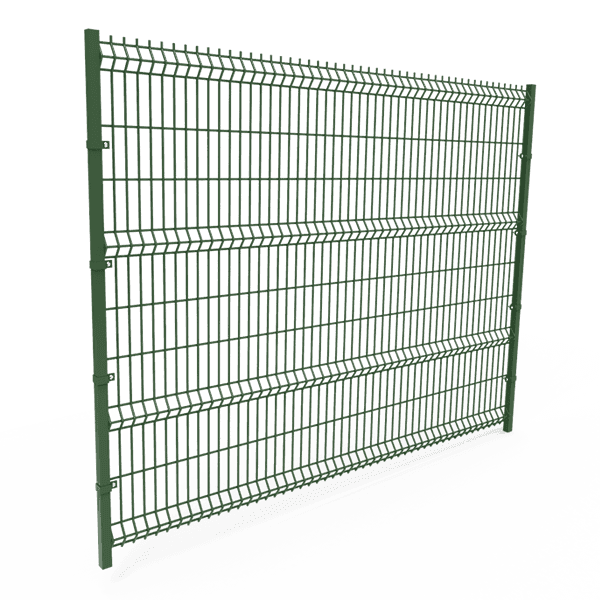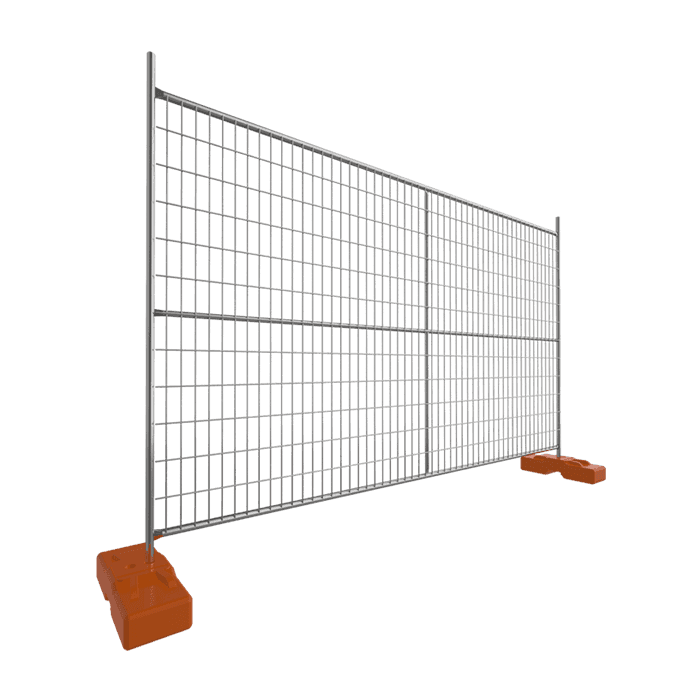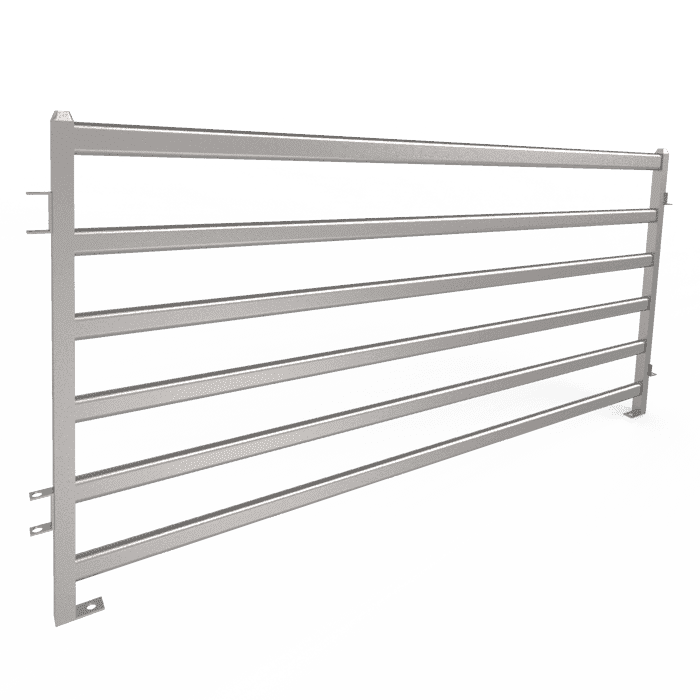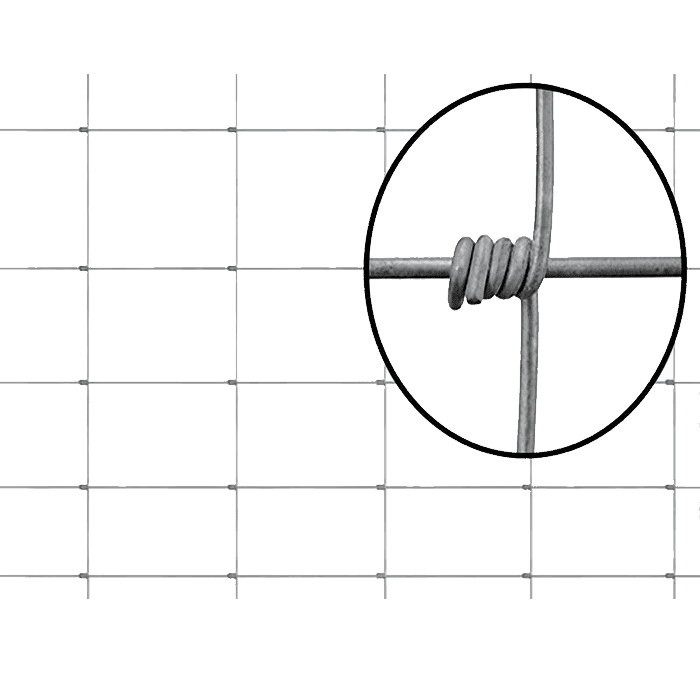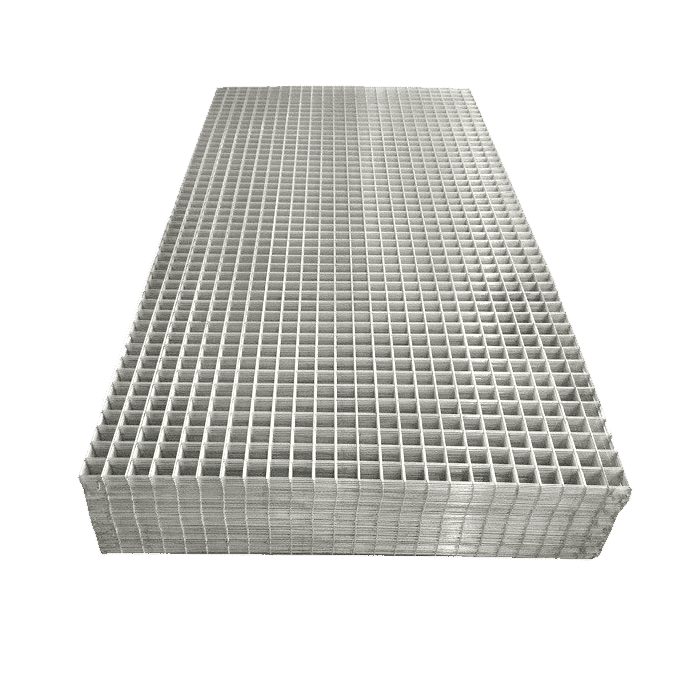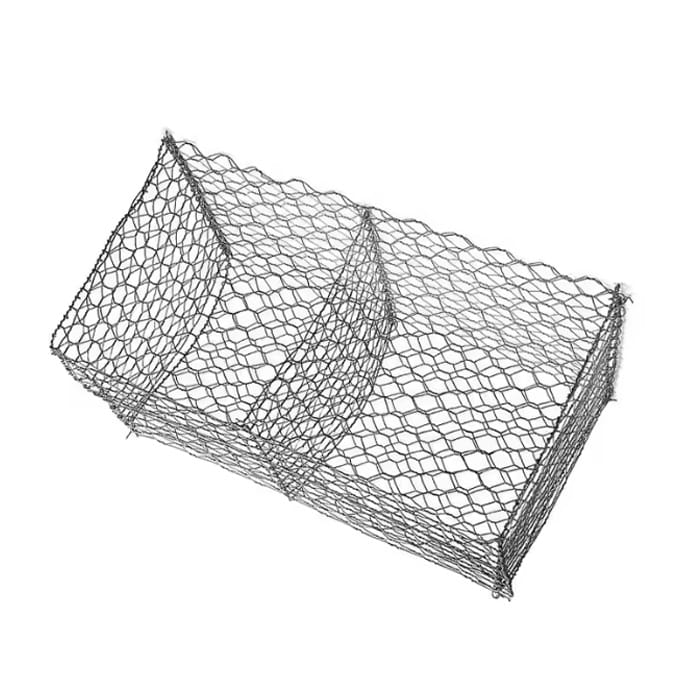Table of Contents
People exploring sliding fence gates usually want a gate system that offers better control, smoother movement, and a modern appearance. Many homeowners are frustrated with swing gates that require large open space or that struggle on sloped ground. Businesses, on the other hand, look for strong perimeter security that can manage heavy daily traffic without wearing out.
This guide explains everything in clear and simple language. It breaks down how sliding gates work, the different operating modes, what fences match best, the advantages of choosing sliding systems, and how to maintain them properly. By reading through each part, you will understand all key points needed to make a confident decision.
1. What is a Sliding Fence Gate?
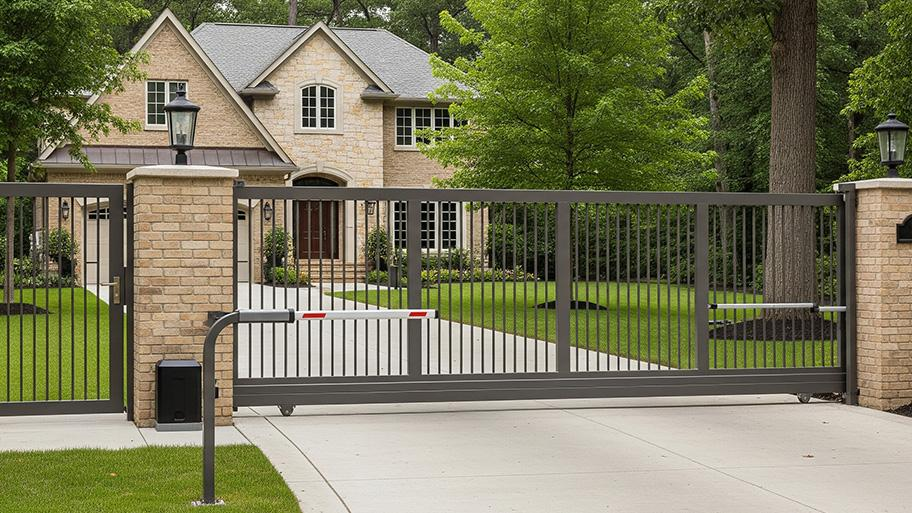
A sliding fence gate is a gate designed to move horizontally across a track instead of opening inward or outward. This motion allows the gate to glide along the fence line, making it extremely efficient in locations where space is limited. Because it does not swing, it works perfectly in driveways with slopes, parked vehicles, or obstructions near the entrance.
The structure typically includes a metal frame, a set of rollers, guide posts, end stops, and a ground or cantilever track. These components work together to support the entire weight of the gate and allow controlled movement. When combined with a motor, sensors, and electronics, it becomes an automated system capable of opening with minimal effort.
Sliding gates are widely used in residential driveways, commercial buildings, farms, warehouses, and gated communities. They handle heavy-duty applications and wide openings that swing gates cannot easily accommodate. Their versatility makes them one of the preferred modern solutions for secure and visually appealing property access.
2. How Many Operating Modes Does a Sliding Fence Gate Have?
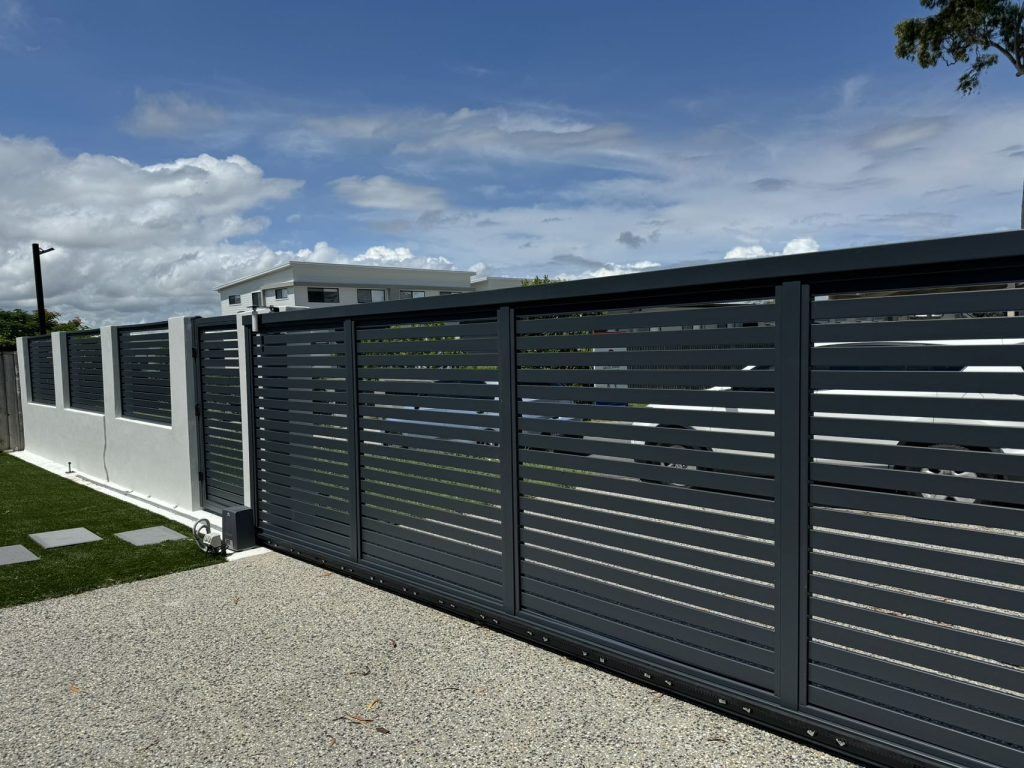
Sliding fence gates offer multiple operating modes that cater to different user needs. These modes allow property owners to choose between simplicity, automation, security, or emergency control depending on their environment. Each mode offers unique benefits and a different level of convenience.
Manual Operation
Manual operation is the simplest and most budget-friendly mode, requiring the user to push the gate along the track. It is highly reliable because it has no electrical parts that can fail during storms or power outages. This mode is ideal for farms, low-traffic entrances, or rural homes where simplicity and durability are more important than automation.
Manual systems also cost less to install and maintain. They are lighter on the wallet but still provide strong access control when paired with a lock. Because there is no motor, issues like overheating, wiring faults, or sensor problems are eliminated entirely.
Automatic Operation
Automatic mode uses an electric motor to move the gate through remote, keypad, or smart-app commands. This is the most convenient mode because it allows users to operate the gate from their vehicles, homes, or smartphones. Automatic gates are excellent for busy households, businesses, or places where quick entry and exit are required.
Modern automatic systems include safety features such as obstacle detection, auto-stop functions, flashing signals, and soft-start technology. These features make operation not only smoother but also safer for children, pets, and vehicles. The motorized system also increases security by preventing forceful pushing or lifting attempts.
Semi-Automatic Operation
Semi-automatic systems combine manual movement with mechanical assistance. Counterweights or spring-loaded systems reduce the physical effort needed, making the gate noticeably easier to slide. This mode suits properties that want smoother performance but prefer not to install full automation.
Semi-automatic gates are also useful in remote areas where electricity may not always be available. They provide a comfortable sliding experience without adding the cost of motors or complex wiring. This balance between simplicity and ease of use appeals to many rural and semi-urban property owners.
Free-Sliding or Emergency Mode
Emergency mode disengages the motor, allowing the gate to move freely. This is crucial during power outages, emergencies, or if the motor malfunctions unexpectedly. It ensures that residents or employees are not trapped when the automated system is offline.
The free-sliding mode is also used during maintenance or inspection. By disconnecting the motor, technicians can safely test the gate’s movement without resistance. It adds a layer of safety and practicality to the system’s design.
Timed Auto-Close Mode
Timed auto-close mode allows the gate to shut automatically after a certain delay. This prevents the gate from accidentally staying open and exposing the property to unauthorized access. It is widely used in commercial areas, gated apartments, and private homes that require consistent security.
This mode also helps reduce human error. It provides peace of mind knowing the gate will always return to a closed position even when someone forgets to close it manually. It is a small feature that significantly boosts overall security.
3. What Kind of Fence Is Often Used with Sliding Fence Gates?
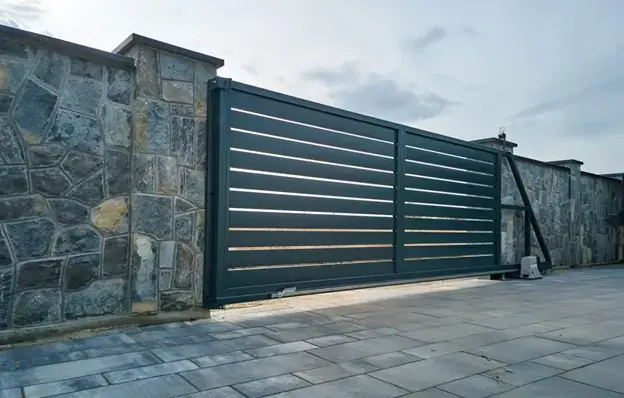
Choosing the right fence type is essential because it determines the gate’s overall appearance, security level, and installation requirements. Sliding gates blend with many fencing styles, making them suitable for various environments. The fence material should be strong enough to complement the gate while matching the property’s design.
Steel fencing is commonly selected because it provides unmatched strength and security. Its rigid design handles heavy sliding gates with ease, and it resists bending under pressure. Steel fences can also be styled in many patterns, ranging from vertical bars to laser-cut modern sheets.
Aluminum fences pair well with sliding gates because they are lightweight and resistant to rust. Their lightness reduces strain on the motor, resulting in smoother sliding and longer equipment life. Aluminum also offers a sleek modern aesthetic, making it popular in residential neighborhoods.
Wooden and composite fences are chosen for their warm, natural appearance. When used with sliding gates, the wood or composite panels are usually built into a steel frame. This prevents warping or sagging and keeps the gate sliding properly. Composite materials offer the look of wood but require far less maintenance.
Chain-link fences are widely used in industrial and commercial sites. They are affordable, durable, and easy to install. Their open design allows visibility around the perimeter while still supporting long sliding gates that secure large entrances.
Farm and ranch-style fences match perfectly with wide sliding gates needed for agricultural equipment. These fences often use simple wooden rails or metal posts, and the sliding gates are designed to remain sturdy despite constant outdoor exposure.
4. Advantages of Sliding Fence Gates
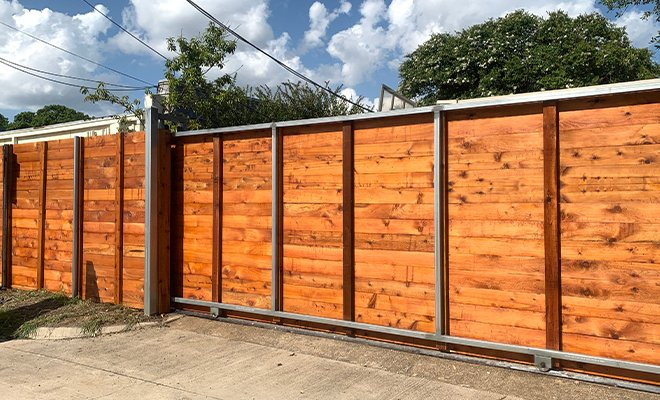
Sliding fence gates offer several advantages that make them a top choice for modern property access. Their functionality, strength, and appearance make them suitable for homes, businesses, and industrial environments. Each advantage contributes to higher satisfaction and long-term value.
Space Efficiency
Sliding gates require no swing radius, making them ideal for compact or crowded driveways. Cars, landscaping features, or walls do not obstruct their motion. This allows property owners to use every part of their driveway without worrying about gate clearance.
Their space-saving design also makes them practical on sloped or uneven ground where swing gates cannot operate evenly. Sliding gates glide smoothly regardless of the terrain. This ability to adapt to challenging spaces is one of their biggest selling points.
Enhanced Security
Sliding gates sit securely in tracks and lock firmly, making them harder to force open compared to swing gates. Automated designs also support advanced security systems including access codes, intercoms, alarms, and CCTV integration. They create a strong barrier that protects property from unauthorized access.
Their horizontal movement also prevents intruders from pushing or lifting the gate. This structural advantage enhances overall perimeter strength. Businesses especially value sliding gates for their ability to handle heavy security challenges.
High Durability
Sliding gates are built to tolerate frequent daily use. Strong materials like steel or aluminum ensure the gate remains stable even under pressure or harsh weather conditions. Their movement system distributes weight evenly, reducing strain on any single point.
The absence of hinges eliminates common problems like sagging, bending, or wind damage. This makes sliding gates a long-lasting investment for properties that need reliable entry control year after year.
Improved Convenience
Automatic sliding gates provide effortless entry through remote or mobile control. This reduces physical effort and improves comfort, especially in bad weather. The gate opens with a button press, saving time for residents or employees.
Even manual sliding gates offer smoother movement compared to heavy swing gates. Their simple sliding motion makes daily use easier, especially for wide gates that would otherwise be heavy to open manually.
Aesthetic Appeal
Sliding gates deliver a clean, modern look that enhances any property’s appearance. They can be customized with laser-cut patterns, horizontal slats, privacy panels, or decorative inserts. This allows property owners to choose a design that matches their home or business style.
Their smooth horizontal motion also creates a professional and visually pleasing impression. A well-designed sliding gate often raises the overall value of the property.
Reduced Maintenance Needs
Because sliding gates rely on tracks and rollers rather than hinges, they avoid many common issues. Swing gates can be affected by strong winds or uneven ground, but sliding gates remain stable. Their design reduces stress on moving parts, lowering long-term repair costs.
Routine cleaning and lubrication keep the system running smoothly. With proper care, sliding gates offer many years of reliable performance with minimal servicing needs.
5. How to Maintain a Sliding Fence Gate?
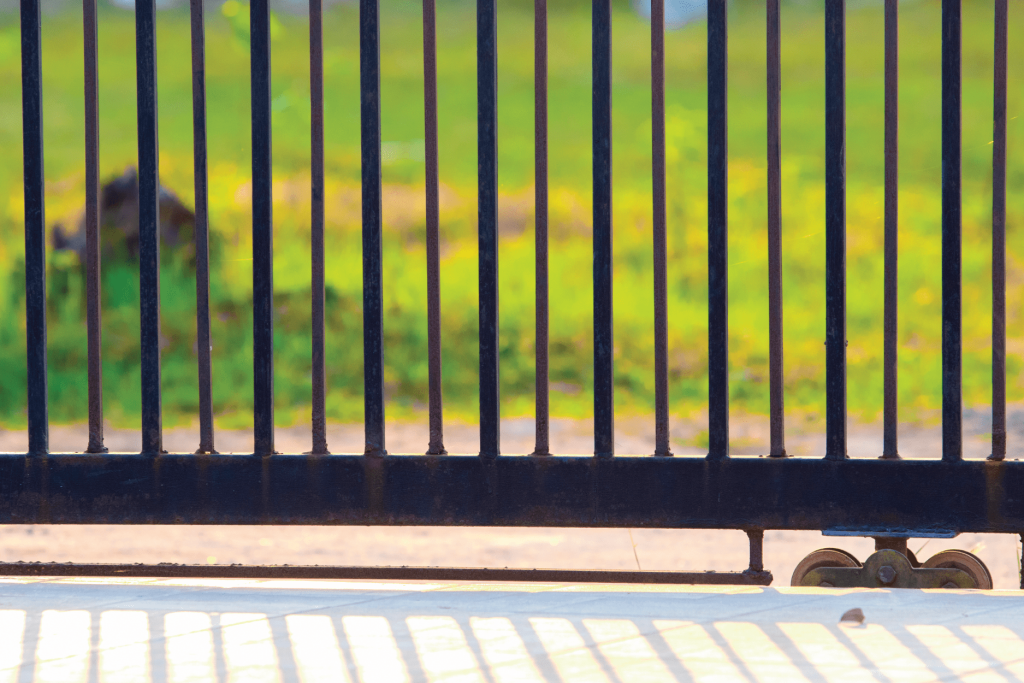
Regular maintenance keeps sliding fence gates smooth, safe, and reliable for years. Proper care prevents breakdowns and extends the lifespan of both manual and automatic systems. Even simple steps make a significant difference in performance.
Clean the Track System
The track often collects dust, sand, leaves, and other debris. Cleaning it regularly prevents blockages that could slow or stop the gate. A clear track reduces strain on the rollers and motor, lowering the risk of mechanical damage.
Deep cleaning once in a while ensures small stones or branches do not grind against the wheels. Keeping the track smooth is one of the most important maintenance tasks.
Lubricate Moving Parts
Rollers, bearings, and guide wheels need proper lubrication to reduce wear and noise. A light silicone or dry lubricant works best because it does not attract excessive dirt. Lubricated parts move more easily, reducing motor effort and prolonging component life.
Avoid lubricating the track itself unless recommended. Lubrication can trap dirt and cause clogging.
Check Alignment and Level
A misaligned gate may scrape the track, strain the rollers, or move unevenly. Checking alignment regularly ensures that the gate glides smoothly without resistance. Early adjustments help prevent expensive repairs later.
Alignment issues often appear after storms, impacts, or uneven ground settling. Quick correction keeps the system stable.
Inspect Motor and Sensors
For automated gates, sensors and wiring must function correctly to ensure user safety. Testing obstacle detection is essential, as it prevents accidents when children, animals, or vehicles pass behind the gate.
The motor should operate quietly and consistently. If unusual sounds occur, it may indicate worn gears or electrical problems.
Protect Against Weather Damage
Paint, powder coating, or sealant protects metal frames from rust and corrosion. Wooden sections require periodic resealing to prevent rot, swelling, or termite damage. Weather protection maintains both visual appeal and structural strength.
For coastal areas, extra anti-rust treatment is highly recommended.
Tighten Bolts and Hardware
Movement and vibration can loosen the bolts connecting the gate to its rollers and track. Tightening these components keeps the gate stable and aligned. It also prevents sudden failures that could damage the gate or motor.
This step is simple but incredibly effective in long-term preservation.
Schedule Professional Servicing
Annual servicing ensures every part of the system is working properly. Technicians check roller wear, motor performance, electrical connections, and safety calibration. They can also diagnose early signs of wear that homeowners may miss.
Professional maintenance extends the life of the gate and ensures safe operation throughout the year.
Conclusion
Sliding fence gates combine space efficiency, strength, security, and modern design into one powerful system. They are ideal for homes that want a stylish entrance, businesses that need controlled access, and farms that require durable wide openings. With multiple operating modes, a wide range of compatible fences, and many built-in advantages, sliding gates offer flexibility for nearly any property layout.
By choosing quality materials and following the maintenance tips in this guide, owners can enjoy smooth and reliable gate performance for many years. Whether you’re upgrading a driveway or securing a commercial facility, a sliding fence gate is a long-lasting investment that enhances convenience, safety, and visual appeal.

